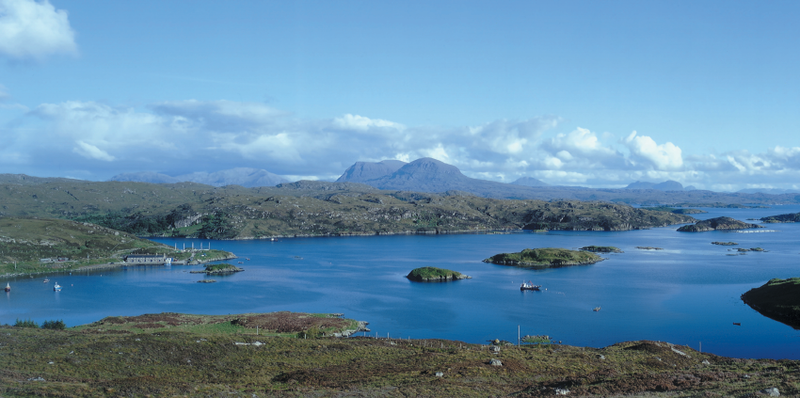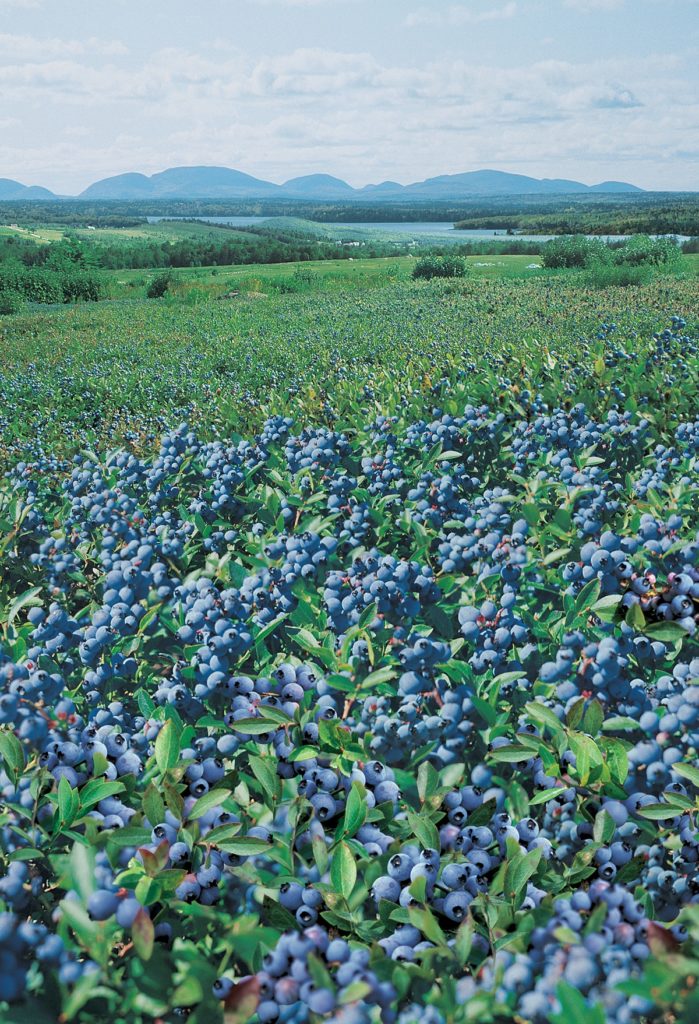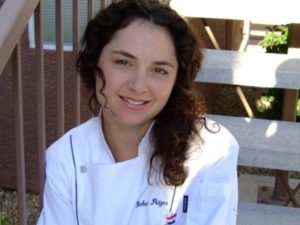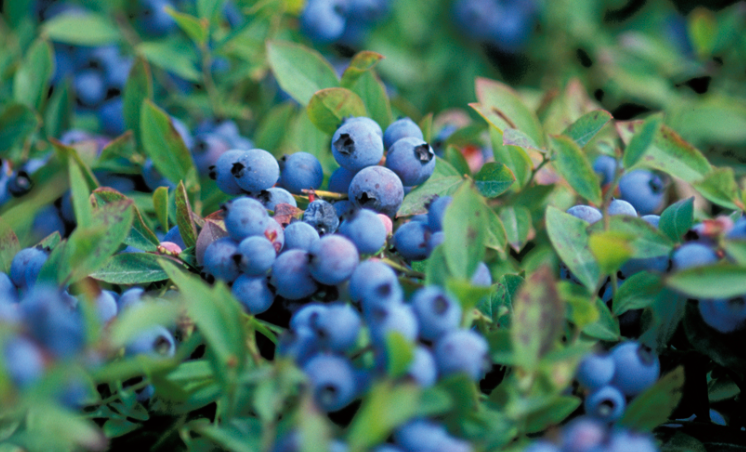Why Wild Growing Conditions Contribute to the Best Tasting Food
Editorial consulting by the Culinary Institute of America
The other day I ate the most extraordinary piece of salmon I have ever tasted. It was farm-raised in Loch Duart in the wilderness of Sutherland, Scotland, one of the least populated places in Europe. The people who farm these salmon say that their farming techniques are based on their “commitment involved in living and working in one of the last virtually untouched areas of the world.”
Though the salmon is not technically wild, the fishery is managed to maximize the natural potential of the environment, in stark contrast to large commercial farming operations that impose a crop onto its surroundings. The people who work for Loch Duart know what it means to leverage the natural environment to create great-tasting fish.

This got me to thinking about other products that have been enriched with human intervention guided by the encouraging natural, wild conditions. Grape vines have grown wild for millennia both in Europe and North America. They were actually the first wild food the Vikings saw when they discovered North America around 1000AD and they named this continent “Vineland” because of it. Grape vines will easily grow back each year after harvest and winter dormancy without any help from humans. But to enhance their yield, flavor and taste, we have used our knowledge of pruning and trellising to increase sunlight exposure and airflow. The result is a diverse crop of grapes, each with its own distinct terroir.
There are some wild food products with which humans have very little interaction other than trying to mimic what spontaneously happens in nature. Wild game meats like boar and venison live on ranches with little interaction from humans until they are harvested. Some ranchers, like Broken Arrow Ranch in Texas have realized that in order to sell the best product possible, they minimize stress on the animals, creating a more flavorful and tender product, by bringing in a mobile processing facility rather than transporting the animal to a facility to be processed. This “field harvesting” they believe is the only way to go.
Wild Blueberries are indigenous and have grown and spread naturally on the barrens of Eastern Maine and Canada for centuries. For over a hundred years, growers and producers have served as stewards of the land and of this delicious berry and work hard to honor a food system as Mother Nature intended, ensuring that these Wild Blueberries taste like they did 10,000 years ago.

The soil where Wild Blueberries thrive is naturally acidic and today’s growers use natural sulfur applications, a practice that changes the environment, to lower soil pH levels which is beneficial to Wild Blueberries but helps to keep weeds and other invasive vegetative species from taking over the wild fields. The tradition of clearing the fields of rocks and trees where appropriate in order to expose the plants to more light so they can flourish has been a practice since Wild Blueberries were commercially harvested in 1840 to feed Union soldiers during the Civil war.
For Nature’s Better Blueberry, Go Wild!
FIND THE BEST WILD BLUEBERRY SUPPLIER TO SATISFY YOUR NEEDS
Another common practice by growers and producers is to use a two-year cropping cycle, pruning half the land to within an inch of the ground to encourage new stems and flower bud growth and preparing the other half for the Wild Blueberry harvest from July through August. This pruning practice disrupts disease and insect cycles naturally reducing pest damage with a fallow vegetative year. Occasionally, growers may irrigate their fields up to one inch per month if there is not enough rainfall. This minimal watering, along with harsh winters and soil conditions inhospitable to other plants all work together to stimulate a hardy, dense more nutritious, and more delicious berry. The next time you eat a Wild Blueberry, see if you can taste the difference between the Wild Blueberry and the regular cultivated blueberry fruit.
Give this recipe a try: Dried WIld Blueberry and Almond Granola
About the Author

Chef Rebecca Peizer, C.H.E. C.E.C.
Associate Professor of Culinary Arts
Culinary Institute of America at Greystone
Rebecca’s passion for food set her on a path to the Culinary Institute of America where she graduated in 2000. From there, she set off to New York City where she became a private chef. She took her next big step in the culinary world when she moved to California and opened Roux, a restaurant in St. Helena in the heart of the Napa Valley. Roux quickly took off and theSan Francisco Chronicle named it Top 10 Restaurants in the Bay Area 2001. On the heels of that honor, Food & Wine named her Top 10 Sous Chefs in America 2002. Over the course of her career, Rebecca has had the opportunity to work with many great chefs including Jacques Pepin, Martin Yan, Bradly Ogden, Cindy Pawlcyn, and Julia Childs. She has catered events for presidential candidates, Napa Valley winemakers, and prominent artists, and now shares her passion for food and wine with students at the Culinary Institute of America at Greystone in Napa Valley.

